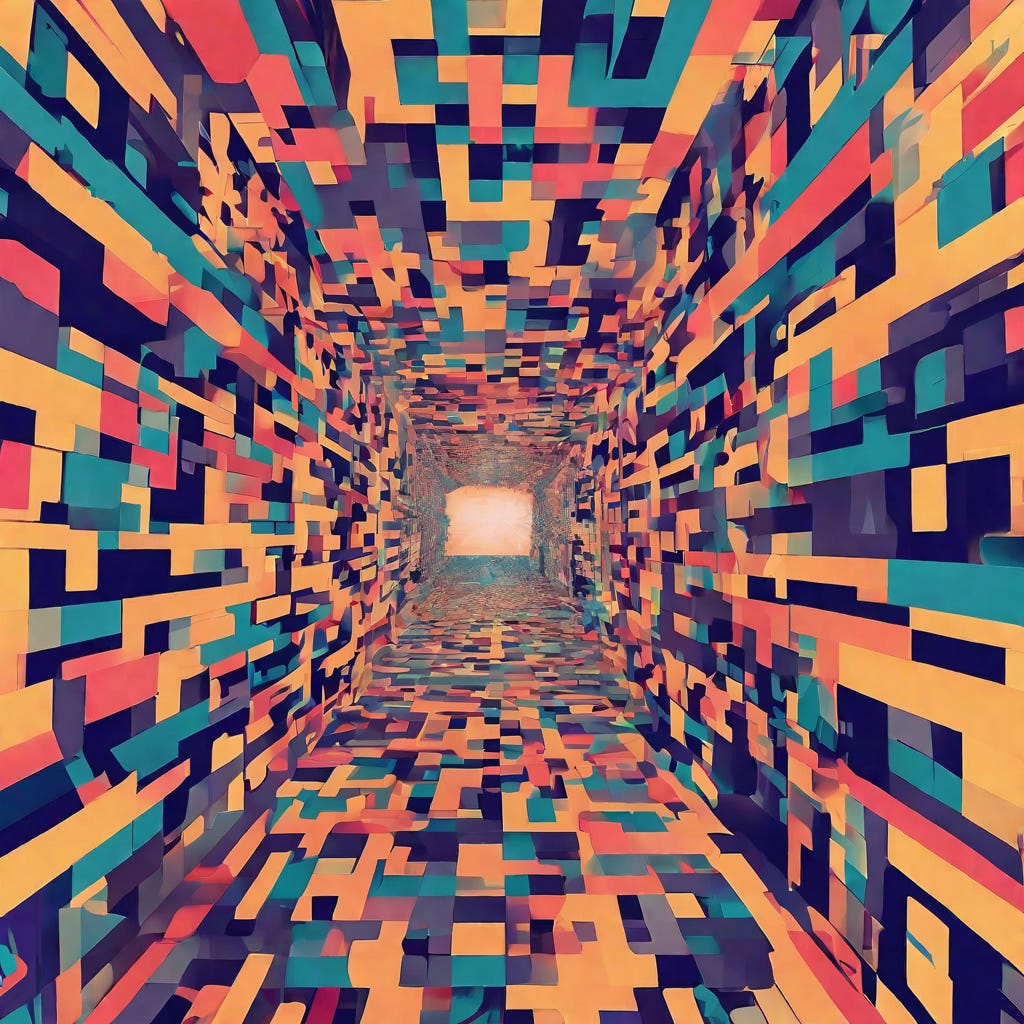AI hallucinations are unconventional and sometimes fantastical output generated by AI systems (AI’s), often arising from limitations in their training data, biases, model architecture, or algorithms. While these hallucinations can lack factual accuracy, they also possess the potential to inspire novel ideas in various creative domains such as art, music, and storytelling. Ultimately, they simultaneously serve as a cautionary warning sign that misinformation and biases within the AI and its training data may be present.
These hallucinations have become more prevalent as AI’s, like ChatGPT and Google BARD, have become accessible to mainstream users, resulting in responses that can sometimes detach from reality.
The causes of these AI-generated fever dreams can be traced back to gaps in training data, input bias, and model architecture and coding. AI systems attempt to "fill in" these gaps by generating plausible but often inaccurate information. While such output can pose problems in critical areas like military, medicine, finance, or law enforcement, it also offers serendipitous and imaginative results. AI can create surreal art, eerie music, and even assist in completing historical works like The Beatles' "Now and Then."
Occasionally, AI hallucinations provide unconventional perspectives or solutions that resonate with users, akin to the “aha” moments of human creativity. Rather than viewing these hallucinations as defects, they can be seen as opportunities for exploration and insight when overseen responsibly.
AI hallucinations can manifest in various forms, including creative ideas, misinformation, incomplete responses, biased statements, offensive content, conspiracy theories, personalized biases, over reliance on training data, racial and gender biases, and ethical dilemmas. Each form underscores the need for improved AI development, ethical considerations, and bias mitigation.
The parallels between human and AI imagination raise profound philosophical questions about the nature of creativity and the role of imagination in both carbon-based and silicon-based computing. Exploring how people and AI’s generate and believe in their own fictions offers a unique opportunity to understand the essence of imagination itself.
Image above created by StableDiffusionXL



I’ve been exploring the neuroscience and cognitive science of creativity and how it compares to how LLMs work. Blending and connecting/combining disparate ideas is at the heart of human creativity. Getting LLMs to hallucinate with a similar approach has been interesting. Associative thinking vs Dissociative thinking is the area I’m exploring.
Great fodder for thought, Doug!